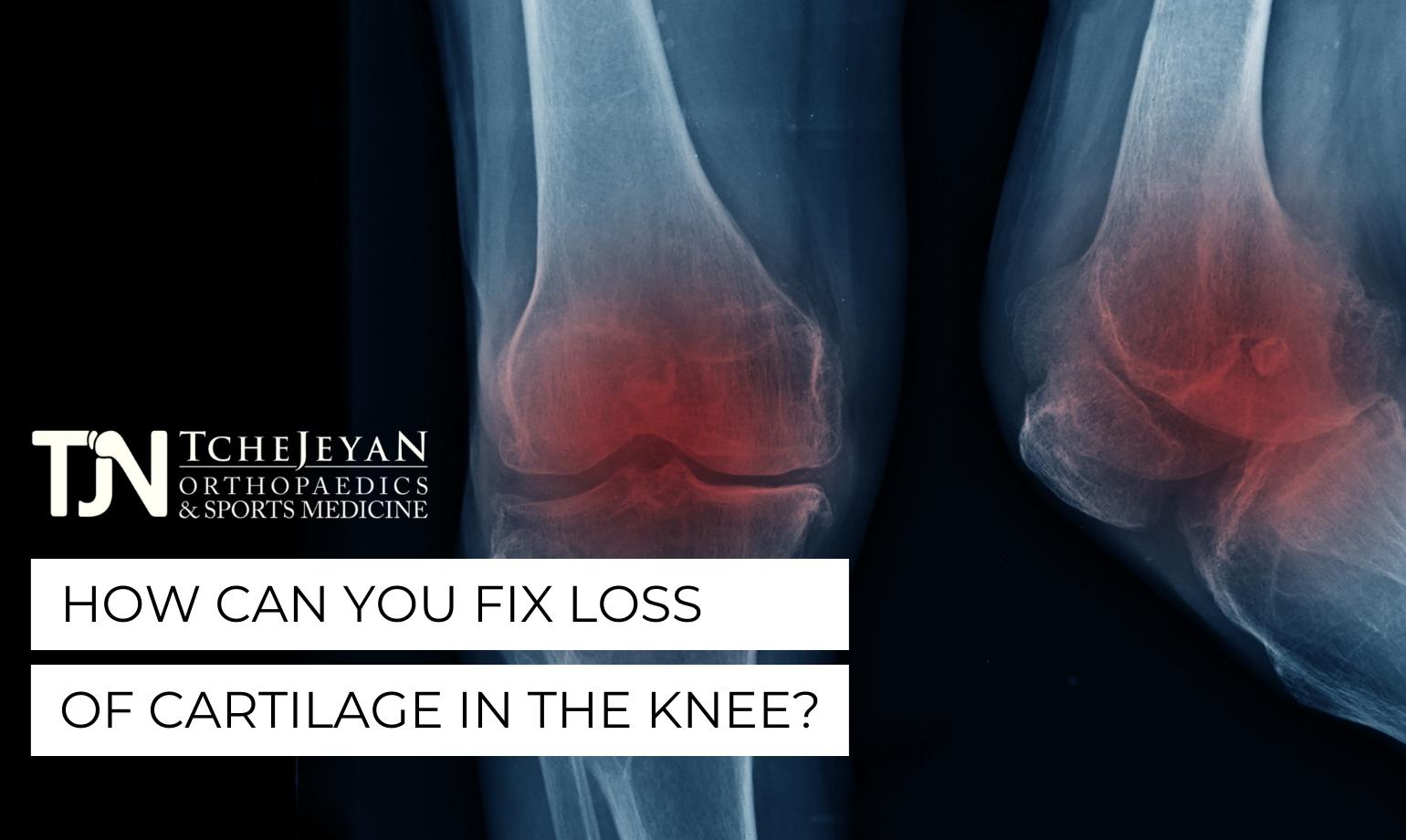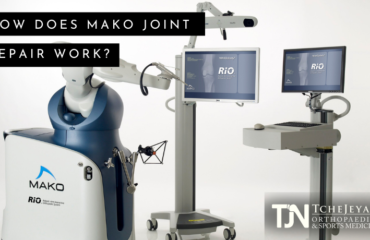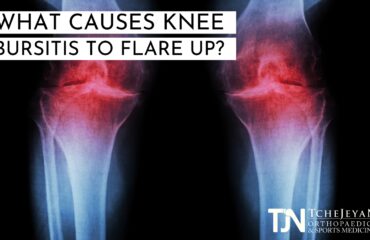Knee pain, swelling, and tightness are common ailments experienced by older adults, and also by athletes. The knees are large joints that take on an incredible amount of pressure throughout the day – an impressive 11 times your weight if you are running. Because of being in constant use, they are highly susceptible to injuries as well as joint diseases such as osteoarthritis. In particular, knee cartilage loss as a result of plain old “wear and tear” is an issue that has a big impact on your health and mobility.
What Is Cartilage?
Cartilage is a soft but very strong tissue that cushions your joints, preventing your bones from rubbing against one another. In the knees, you have cartilage that covers the ends of your thigh bone (femur) and shinbone (tibia), called articular cartilage, as well as two C-shaped pieces of thick, tough cartilage called menisci (plural of meniscus) that absorb the shock of walking, running, sitting down, and standing up.
What Causes Knee Cartilage Loss?
As noted above, cartilage can become weak or damaged simply as a result of normal use. As you age, the repeated use of your knees takes a toll on the cartilage. But there are other ways to damage cartilage, as well. Tears and injuries can happen while playing sports or executing sudden movements. Even people who are not athletes can put excessive strain on the knee joints over a period of time. A delivery driver, for example, who is constantly getting up and down from his truck and carrying heavy packages will put tremendous stress on the knee joints over time.
As the cartilage wears away, you can develop osteoarthritis. Osteoarthritis is not a disease, but a degenerative condition that results from the gradual erosion of the cartilage, causing discomfort, loss of flexibility, swelling, and a grating sensation as the joints move. It will affect the whole knee joint, and can cause bone deterioration and damage to other connective tissues in the knee.
Accordingly, while everyone experiences some cartilage degeneration, there are several factors that contribute to cartilage loss besides age, including:
- Genetics;
- Engagement in high-impact activities such as sports;
- Being overweight;
- Having had previous knee injuries.
Can You Fix Loss of Cartilage in the Knee?
With therapeutic techniques, sports medicine, or surgery, knee issues can usually be largely relieved and sometimes fully corrected. While the body will not regrow lost cartilage on its own, some minor cartilage injuries can be resolved without surgery.
The least invasive method of treatment can be summed up with the acronym RICE: give the joint rest, apply ice regularly in 10 or 15 minutes intervals, wrap the knee with a compression bandage, and elevate the knee whenever you are sitting or laying down. In addition, take anti-inflammatory medications and over-the-counter or prescription pain relievers when necessary. However, if the loss of cartilage is significant, this method will only provide periodic or temporary relief.
Another non-radical method of addressing knee pain is to get corticosteroid injections. Like the RICE method, this does not actually resolve the cartilage damage but can relieve pain. Cortisone is a synthetic version of cortisol, which your body produces naturally. Cortisone is injected directly into the joint; it will reduce inflammation and calm the nerves, and usually provide pain relief for an extended period – for some patients, six months or more. It is possible to get another injection when the pain returns, although there is a limit to how often and how many times you can obtain this treatment. Consequently, during this period of pain relief, it is prudent to avoid injuring the knee further and to strengthen the surrounding muscles, so that the burden of supporting the joint is shifted more to the muscles. Physical therapy is strongly recommended.
In many cases, however, surgery is the best option for long-term pain relief and to prevent further degeneration. Thankfully, some cartilage tears can be treated with arthroscopic surgery – that is, a minimally invasive surgical technique. Common procedures that can be handled arthroscopically for cartilage injuries are trimming the damaged cartilage, or removing broken bits of cartilage. But if cartilage damage is serious, traditional surgery will be warranted.
To address serious cartilage damage, partial or total knee joint replacement is recommended. This procedure involves opening up the knee, removing the damaged portions, and replacing them with prosthetic devices. Knee replacement surgery is now commonplace and can be performed as an outpatient procedure. It yields great results, and prosthetic materials used for cartilage, bone are durable and robust. Although recovery takes several months, many people find that the relief from pain and the restoration of mobility are well worth the trade-off, particularly since the benefits of knee replacement surgery usually last for two decades or more.
If you have knee pain, contact Tchejayan Orthopedics, today! At Tchejeyan Orthopaedics and Sports Medicine, we offer highly advanced orthopedic care aimed at getting you back to the activities you enjoy.




